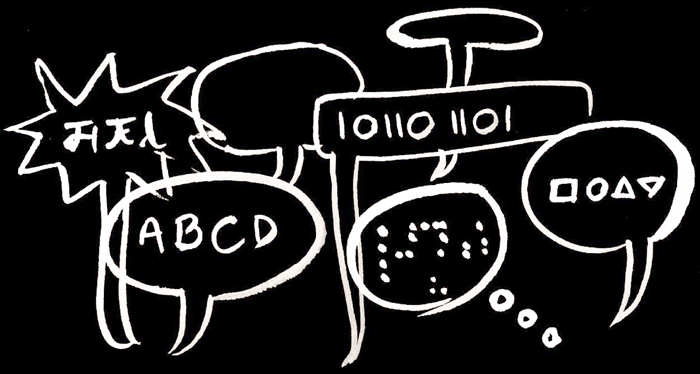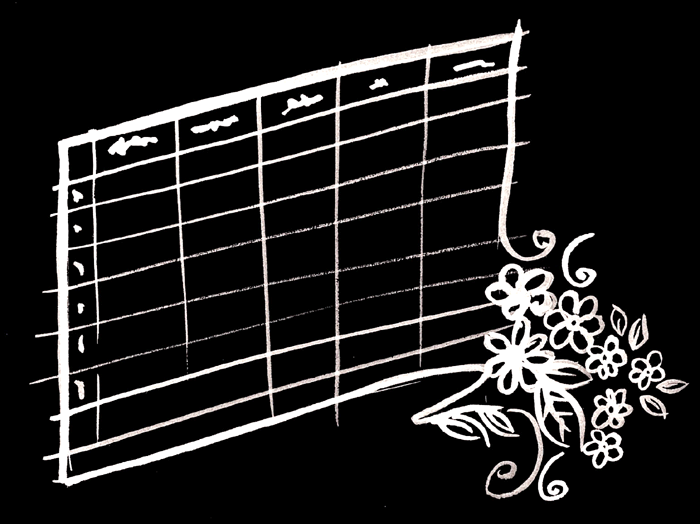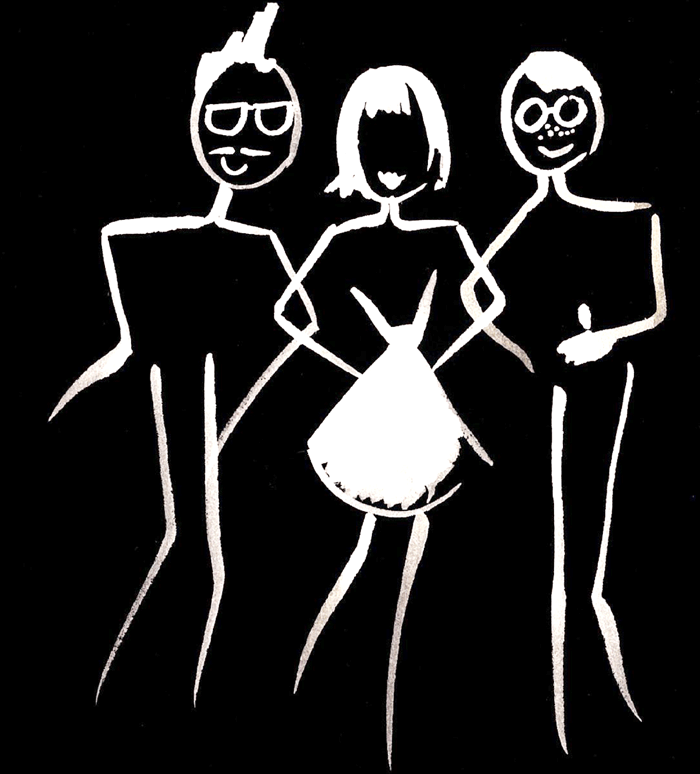‘Translation is UX’
User experience is progressively taking the central position it has always deserved. Designers, entrepreneurs and developers attend to their users' every need—that is great news.
UX designers know that creating a user experience implies tackling many different parameters—such as interfaces, copy and graphics—and having an eye for detail. However we regret that one of those parameters, which does have a major impact, is too often neglected: Translation.
Let's localise experiences, give all users equal consideration. Web and translation professionals, let's stick and work together. “Translation is UX!”
Verónica González de la Rosa, translator
Antoine Lefeuvre, UX designer








